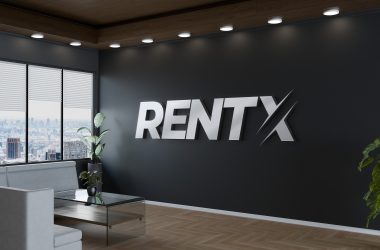For businesses across the UK, space has always been one of the most significant assets and one of the biggest expenses. From office floors to retail units, warehousing, and hospitality venues, the way companies use space directly impacts profitability. With rising costs in utilities, rent, and business rates, organisations are rethinking how to maximise every square foot. This shift has sparked a wave of space innovation, where smarter design, better planning, and creative re-use are helping businesses save money while enhancing efficiency.
Smarter Layouts for Efficiency
One of the most effective strategies is reimagining layouts to better suit current needs. Traditional open-plan offices are being adapted to hybrid working, with businesses replacing unused desks with collaborative zones or hot-desking systems. In warehouses, lean layouts that reduce wasted movement not only save time but cut operational costs. By using data-driven analysis, companies can design spaces that work harder without requiring additional square footage.
Flexible Workspaces and Hybrid Models
The rise of hybrid working has forced many businesses to re-evaluate how much physical office space they really need. Instead of long-term leases on large offices, companies are turning to flexible workspaces, shared hubs, and co-working arrangements. This model reduces fixed overheads and allows for scalability, meaning businesses only pay for what they actually use. It also provides employees with greater flexibility, often boosting productivity and morale.
Repurposing Underused Areas
Empty corners, unused storage rooms, and seldom-visited floors are now being transformed into productive assets. For example, retail businesses have started turning surplus storage into pop-up experiences or rentable areas for local vendors. Restaurants are using courtyards or side rooms for private dining or events, creating new revenue streams. Repurposing rather than relocating helps businesses avoid costly expansions while still improving returns.
Technology-Driven Space Optimisation
Technology has become central to maximising efficiency. From sensors that track occupancy to software that maps usage trends, businesses can now gather data on how their spaces are truly being used. This information helps managers decide whether to downsize, sublet, or reconfigure. In retail, heat mapping shows where customers spend the most time, allowing for smarter product placement and ultimately boosting sales per square foot.
Mitigating Costs Through Smarter Rates
Alongside physical innovation, businesses are also cutting costs by looking at ways to reduce liabilities associated with their spaces. Business rates remain one of the largest fixed expenses for many companies, often eating into profits even when parts of a property are unused or underutilised. This is where specialist support comes in. Services like Inver Business Rates help businesses lower or mitigate their business rates liability by assessing property usage and applying proven strategies to reduce costs. By combining smarter space management with rate optimisation, companies can unlock significant financial savings without compromising on operational needs.
Shared and Multi-Use Environments
Another growing trend is multi-use spaces. A single unit might serve as a daytime office, an evening event venue, or a weekend workshop hub. This diversification maximises returns on rent and utilities while appealing to multiple audiences. Shared facilities, such as kitchens, studios, or logistics hubs, also enable small and medium-sized businesses to access premium amenities without bearing full ownership costs.
Sustainability and Cost Savings Go Hand in Hand
Sustainable design and cost efficiency often overlap. For instance, reducing unused space means less energy consumption for heating, cooling, and lighting. Green refurbishments, such as modular walls or movable partitions, allow for flexible adaptation without expensive reconstruction. Businesses are finding that environmentally responsible choices often lead to lower operating expenses.
Conclusion
Space innovation is reshaping how businesses think about costs, efficiency, and growth. By reimagining layouts, adopting hybrid models, repurposing unused areas, and leveraging technology, companies are transforming overheads into opportunities. When combined with smarter financial strategies such as rate mitigation, space becomes not just a setting for work but a driver of profitability. For organisations facing increasing economic pressures, making the most of every square foot has never been more essential.




